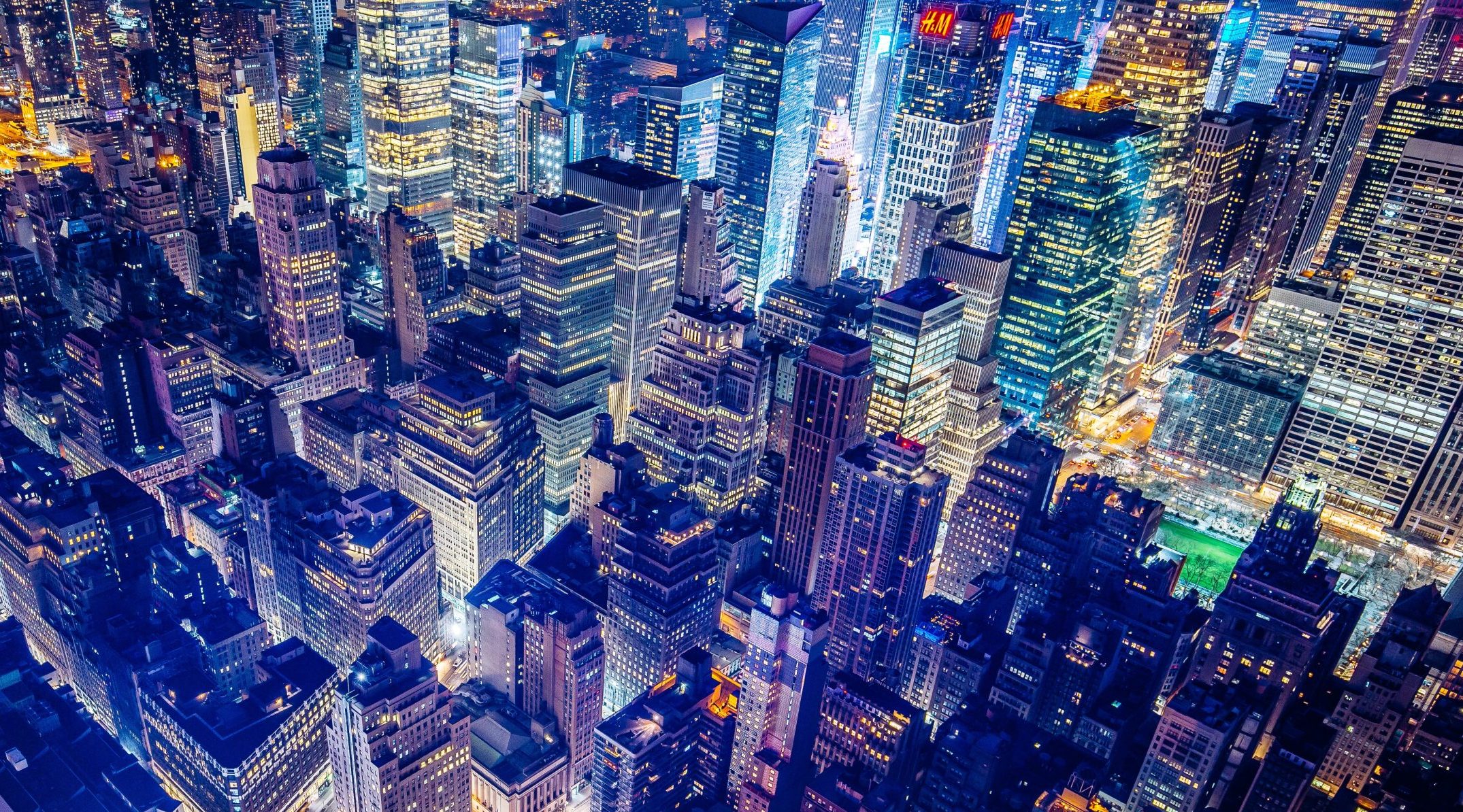Since the early 20th century, tower lights have illuminated our skies, providing an essential beacon for pilots and symbolising humanity’s strides in technology and infrastructure. Introduced initially as rudimentary incandescent bulbs perched atop towering structures, these lights have witnessed a profound transformation with the influx of modern technology. Today, they represent much more than just safety mechanisms for aviation. They embody the confluence of innovation, environmental responsibility, and advanced engineering. As aviation grew, so did the need for more sophisticated, reliable, and efficient lighting systems to prevent aerial accidents.
The evolution of tower lights has not only been driven by the increasing demands of the aviation sector and the global push towards sustainability and energy efficiency. This journey of tower lights, from simple beacons to high-tech systems, is a testament to how technology can redefine an industry and shape the future. Dive in as we explore the nuances of this evolution and the multifaceted impact of modern technology on these skyward sentinels.
Tracing the Journey of Tower Lights
In the nascent stages of aviation, the night sky was dotted with incandescent bulbs, serving as rudimentary indicators of obstructions. These early tower lights, although limited in luminosity and lifespan, marked the beginning of an era of aerial safety.
As the 20th century progressed, technological innovations paved the way for enhanced tower lighting systems. The shift from incandescent to halogen created a more brilliant and efficient illumination. However, the transition to LED (Light Emitting Diodes) technology truly revolutionised the landscape. LEDs offered unparalleled advantages: a longer lifespan, reduced energy consumption, and a visibly superior brightness. This transition wasn’t just a leap in terms of luminosity but also energy efficiency and maintenance.
Integrating solar power into tower light systems further epitomised the blend of innovation and sustainability. Today, numerous tower lights harness solar energy, especially in remote locations, minimising their environmental footprint.
Digital advancements also made their mark. Modern tower lights equipped with sensors can adjust their brightness according to the surrounding light conditions. Moreover, with digital controls, these systems offer remote monitoring, ensuring real-time response to any malfunctions.
Technological Transformations in Tower Lights
- From Incandescent to LED: The transition from incandescent bulbs to LEDs was groundbreaking. LEDs are brighter and far more efficient, resulting in longer lifespans and lower energy consumption.
- Solar Power Integration: Integrating solar panels to power these lights was a leap towards sustainability. This not only made it eco-friendly but also simplified installations in remote areas.
- Digital Controls:With the advent of the internet, many tower lights can now be remotely controlled and monitored, providing instant alerts on malfunctions or system failures.
- Automated Intensity Control: Advanced systems have ambient light sensors that adjust the intensity of the light based on external conditions, increasing efficiency.
Impact of Modern Tower Lights
- Enhanced Safety: Brighter and more visible lights with the capacity for remote monitoring have significantly enhanced aviation safety.
- Environmental Footprint: With LEDs and solar power, the environmental impact has been drastically reduced, aligning with global sustainability goals.
- Cost-Efficiency: The use of long-lasting LEDs and solar energy has proven to be cost-effective in the long run despite the initially higher investment costs.
- Flexibility: The ability to remotely monitor and control these lights and the ease of installing solar-powered systems bring immense flexibility to the table.
Incorporate High-Quality Tower Lights
The journey of tower lights from their humble beginnings to being state-of-the-art technological marvels illustrates how innovation can impact safety and efficiency. As they continue to evolve, we can expect further improvements that will only amplify their crucial role in aviation and construction sectors while also contributing to a greener planet. Buying high-quality tower lights from known brands will help you make the most of your investment. These reputable brands provide installation services and even offer reasonable prices with discounts.

“Web specialist. Social media ninja. Amateur food aficionado. Alcohol advocate. General creator. Beer guru.”






